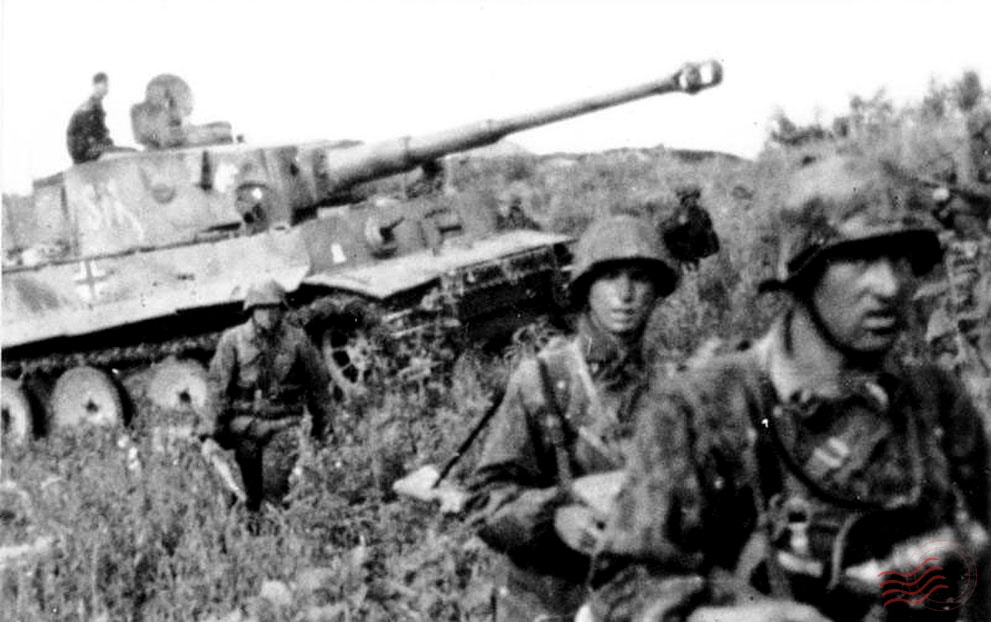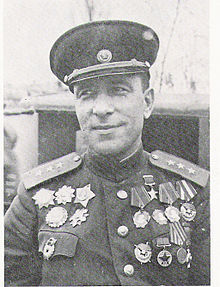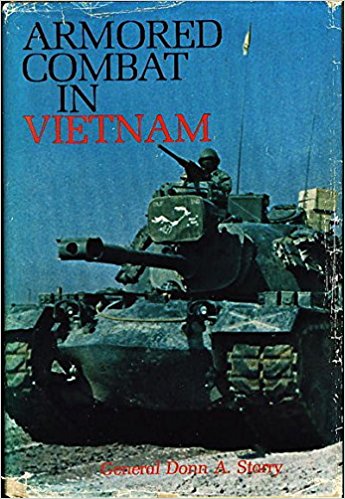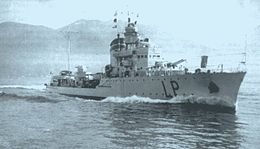Not much to say about captured records in the Korea War as I have never checked on them. I assume there must be some taken from North Korean and Chinese units and they are files away somewhere. My father did capture a Chinese soldier during the Korean War.
Oddly enough, there not been much done in the world of quantitative analysis on the Korea War outside of the work that ORO (Operations Research Office) did in the 1950s. We have never done any significant work on the Korean War. In the late 1980s we did explore conducting some analysis of Korean War battalion-level combat. As part of that effort Trevor Dupuy and I went over to the National Archives at Suitland and pulled up some U.S. Army Korea War records. They appeared to be quite complete. There were a couple of French infantry battalions attached to the U.S. Division and we appear to have good strength and loss data for them also.
Later, in 1989, Trevor Dupuy arranged with China to conduct a joint research project. It was funded by OSD Net Assessment (Andy Marshall). Trevor Dupuy really wanted to do some two-sided analysis of combat with the Chinese Army in Korea, but apparently getting access to the Chinese Army records was still too sensitive at that point. So, instead, they arranged to do a joint research contract on a more general and less sensitive theme like perceptions of each sides intentions during the Korean War. But then in June 1989 the Chinese government rolled over the student protestors in Tiananmen Square with tanks. That ended all joint research projects for many years.

We never got back to trying to conduct a joint research project on combat with China. Instead in 1993, we started a research project on Kursk using Russia records.
Trevor Dupuy did mention that the Chinese informally told him that the United States often overestimated the size of the Chinese forces they were facing, and often underestimated the casualties the Chinese took. I have no idea how valid that is.
Anyhow, this is an extended discussion of captured records originally inspired by this post:







